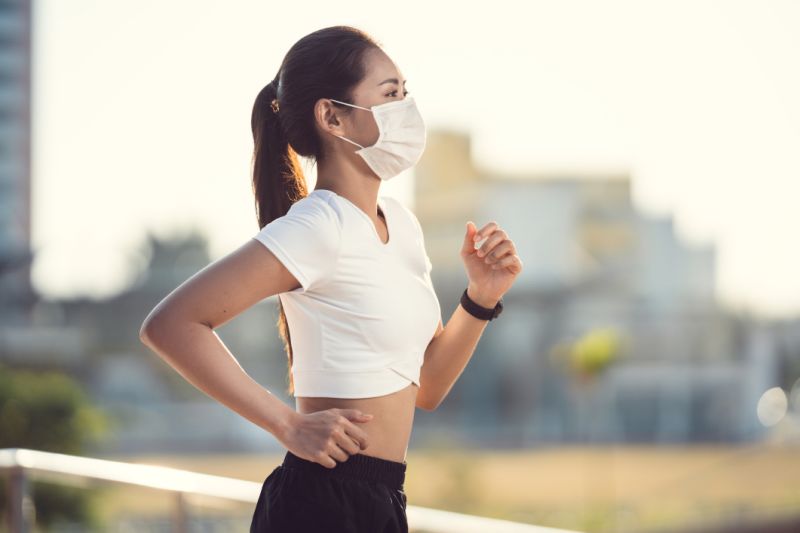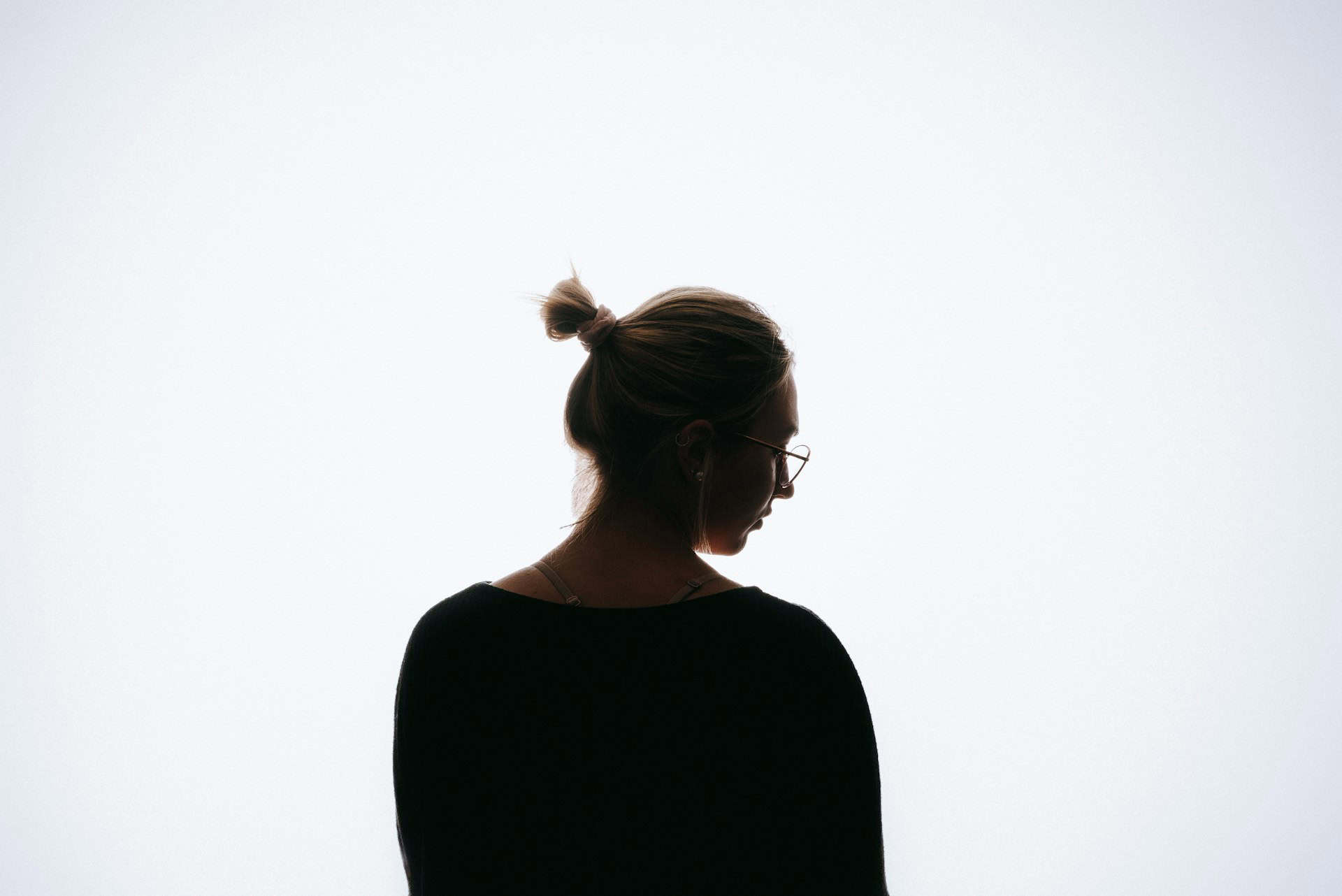
Things to Know about Exercising while Wearing a Face Mask

Photo source: Getty Images
During the loosening of the Large Scale Social Restriction (PSBB), many people begin to return to do outdoor activities, including for exercising. Of course, you can still do it at home to ensure your safety and health. For people who want to do outdoor exercise may be wondering, is it safe to exercise with a face mask on?
The World Health Organization (WHO) released guidance on June 16, 2020, that people shouldn't wear face masks while exercising because it could reduce the ability to breathe comfortably, noting that the most important factor in preventing disease spread is social distancing. Still, it's everyone's own choice to decide if they want to wear a mask while exercising.
Reporting from CNET, here are some things to know about exercising while wearing a face mask.
1. Is it Safe to Exercise with a Face Mask on?
Generally, yes, it's safe for most people to exercise while wearing a face mask, Grayson Wickham, a physical therapist and certified strength and conditioning specialist at Movement Vault. "Most people can perform all exercises with a face mask on," Wickham says. "You will want to monitor how you're feeling while exercising and watch out for specific symptoms such as lightheadedness, dizziness, numbness or tingling, and shortness of breath.
2. Should Anyone not Exercise with a Face Mask on?
Wickham says people who have underlying cardiovascular or respiratory conditions should take caution when exercising with a face mask on. The severity of their condition will dictate whether or not it's appropriate for them to exercise with a face mask on,
"Someone that has an underlying respiratory condition that is on the more severe side will want to exercise indoors without a face mask," he says, to ensure safety for themselves and others.
Examples of such conditions include asthma, chronic obstructive pulmonary disorder (COPD), bronchitis, cystic fibrosis, pulmonary fibrosis and any other conditions that affect the heart or lungs. If you have a cardiovascular or respiratory condition, it's a good idea to ask your doctor about exercising with a face mask before attempting to do it.
Also, people who haven't exercised in a long time should pay extra attention if exercising while wearing a face mask. Monitor the intensity of your workout and keep it on the low-to-moderate side to avoid symptoms like dizziness and fainting.
3. What Happens when You Exercise with a Face Mask on?
Compared with normal breathing, wearing any kind of protective mask decreases the flow of air into your lungs, Scott McAfee, physical therapist and orthopedic specialist at MovementX. Less oxygen in your lungs means less oxygen in your bloodstream and your working muscles, which is what makes training more difficult.
"Different masks have varying levels of airflow restriction, depending on the thickness of the material," McAfee says. "With less air, your body has less available oxygen to utilize during exercise to convert glucose [sugar] into energy."
McAfee says that anyone, even those who have a relatively high level of fitness, should expect to fatigue faster when exercising with a face mask. "Over a few weeks, your body will certainly adapt by becoming more efficient at metabolizing oxygen, but this takes time," McAfee says. "If you start to feel dizzy, imbalanced, or overly fatigued, stop. Be smart and don't over do it."
4. What to Expect while Exercising with a Face Mask on
"You may not be able to perform at the same level that you would when not wearing the face mask," Wickham says, adding that you can expect a decrease in your workout performance while wearing a face mask.
Someone who has a higher fitness level may not feel the effects of a face mask as harshly as someone who is just starting to exercise, Wickham says, but even very fit people will most likely not be able to perform at their typical level.
Pay attention to how your body responds to your workout while wearing a face mask, especially during higher-intensity exercises, such as heavy weightlifting, sprints, or cardio workouts. If you do feel lightheaded, dizzy or extremely short of breath, you should sit down and take a break. If the symptoms don't go away, you should take your mask off to allow yourself to breathe normally, Wickham says. If you do need to take your mask off, always follow applicable health protocols and try to maintain social distancing.
5. How to not Feel Restricted while Exercising with a Face Mask on?
"Unfortunately, it is hard to get around feeling constricted while wearing the mask," Wickham says. "The good news is, your lungs and cardiovascular system are getting an extra workout while you are wearing your face mask because it is providing extra breathing resistance." The more you exercise with a face mask on, the more accustomed your body will become to the reduced flow of oxygen.
6. How to Know if You're Getting Enough Oxygen
As long as you don't have an underlying respiratory or cardiovascular condition, and are listening to your body, you will most likely be getting enough oxygen while exercising with a face mask on, Wickham says.
The most accurate way to determine if you're getting enough oxygen is to use a pulse oximeter, Wickham says, which tells you exactly the oxygen saturation of your blood.
"The next best thing is to simply listen to your body," he says. "If you experience lightheadedness, dizziness, extreme shortness of breath or numbness and tingling, you need to stop exercising and sit down and take a break."
Wickham warns against pushing through these sensations: "If you feel any of these symptoms, this is your body telling you that something is not right, and that something is that you are not getting enough oxygen into your lungs and to the rest of your body," he says.
So to all you folks who want to do outdoor exercising, yes, you can safely exercise with a face mask on, provided you heed your body's warning signs.
Videos & Highlights
Editor's Choice
© SR Digital - Alinear Indonesia. All rights reserved.
Home | About Us | Smart Publication: ID | EN | JP | Business & Partnerships | Contact us | Sitemap














